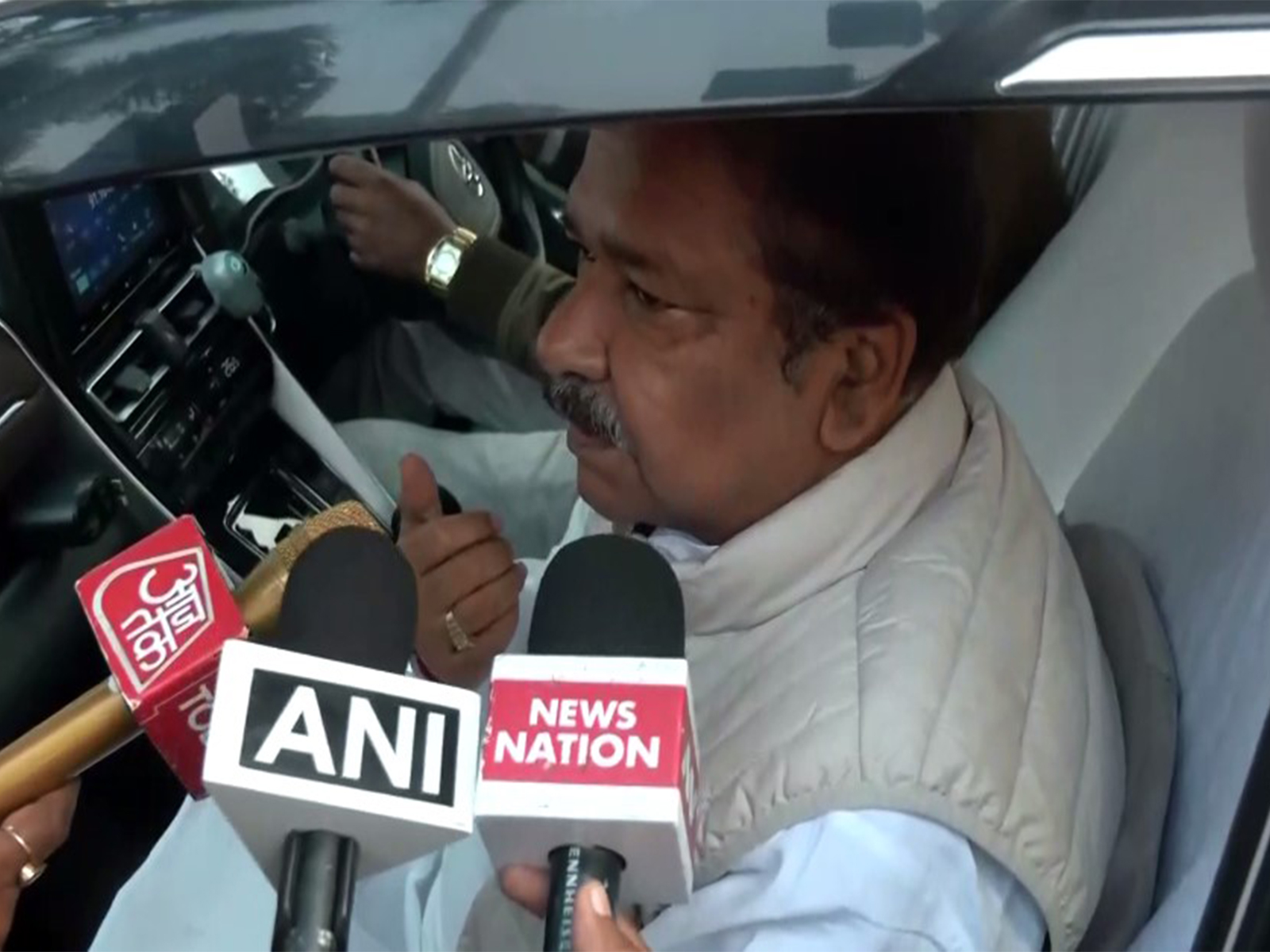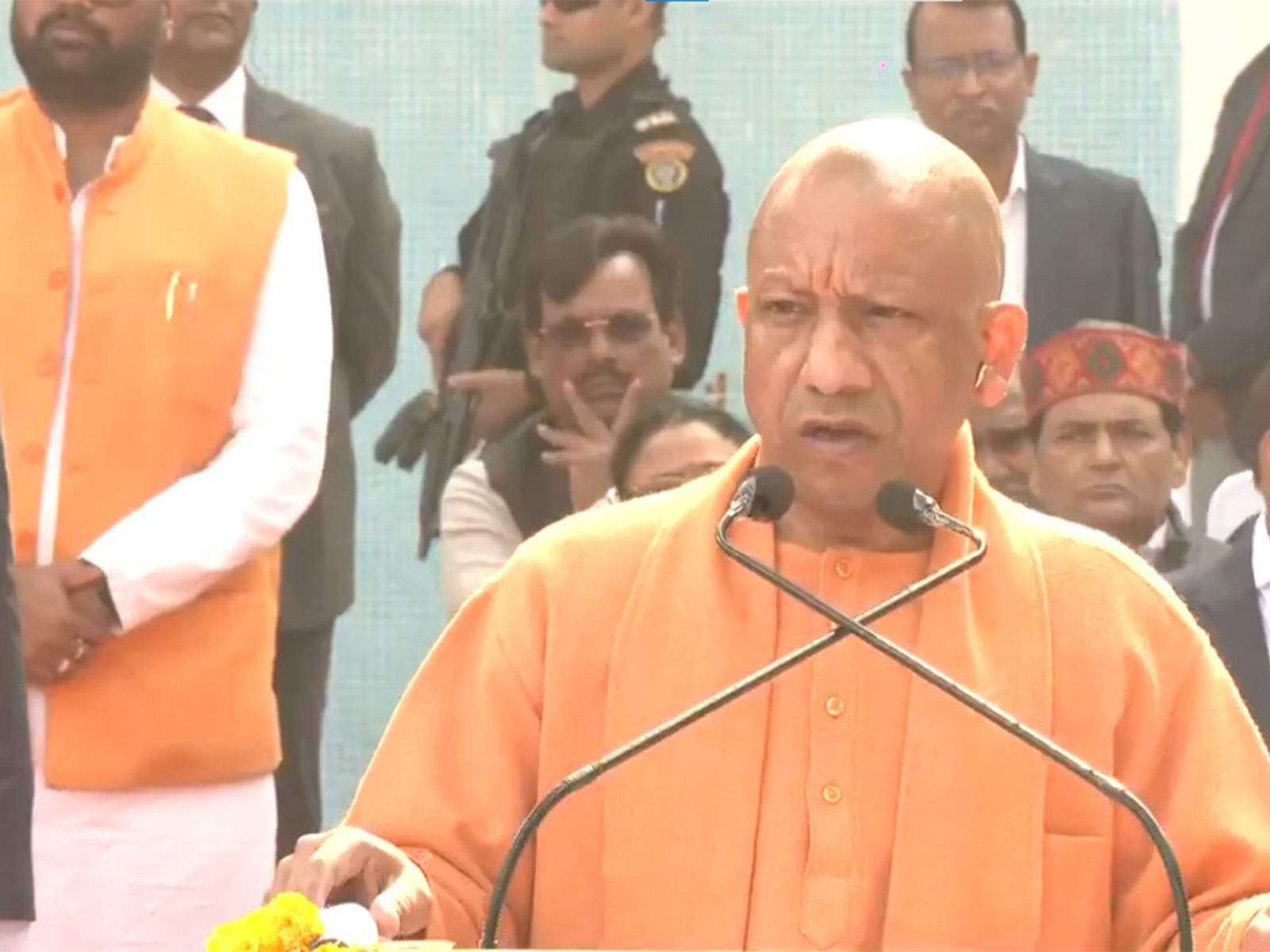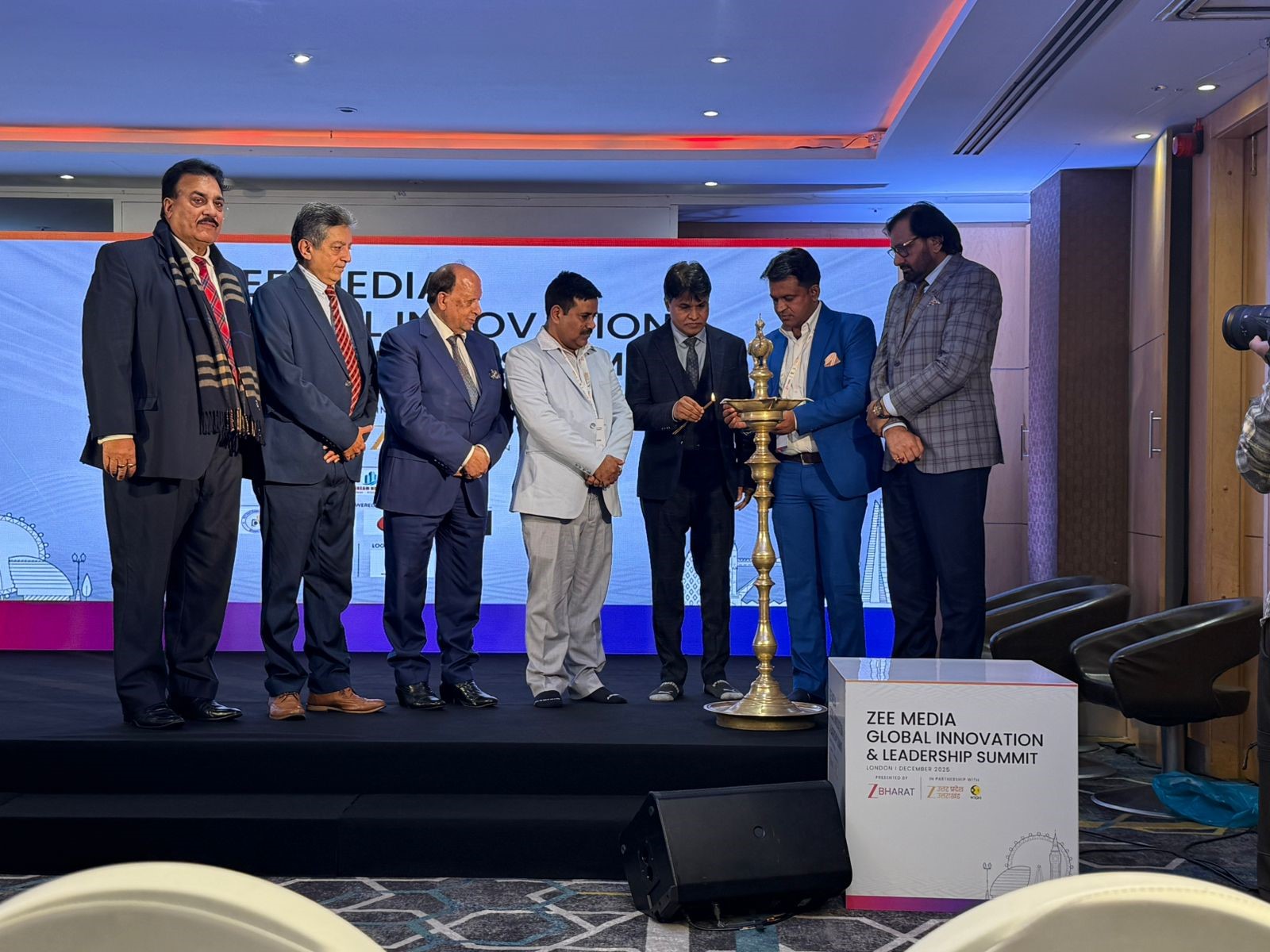RCS-UDAN so far facilitated travel of more than 1.3 cr passengers
Oct 26, 2023

New Delhi [India], October 26 : The Regional Connectivity Scheme (RCS) - UDAN (Ude Desh Ka Aam Nagrik), a government-backed initiative to improve infrastructure and connectivity in India, especially in remote and underserved regions, completed six years.
It is a vital component of India's National Civil Aviation Policy (NCAP) 2016, launched by the Ministry of Civil Aviation (MoCA) on October 21, 2016, with a 10-year vision.
The first RCS-UDAN flight was inaugurated by Prime Minister Narendra Modi on April 27, 2017, connecting Shimla to Delhi. The scheme focuses on improving unserved air routes in underserved regions of the country and fulfilling the aspirations of the common citizens, the Ministry of Civil Aviation stated.
So far, RCS-UDAN has facilitated the travel of more than 130 lakh passengers, demonstrating its success in enhancing air travel accessibility.
Meanwhile, over the period of 6 years, various versions of the UDAN Scheme were launched: UDAN 1.0: 5 airlines companies were awarded 128 flight routes to 70 airports (including 36 newly made operational airports), UDAN 2.0: 73 underserved and unserved airports were announced and for the first time, helipads were also connected, UDAN 3.0: In coordination with the Ministry of Tourism, Tourism Routes were included. In addition to Seaplanes for connecting Water Aerodromes, several routes in the North-East Region came under the ambit of the scheme and UDAN 4.0: Gave impetus to North-Eastern Regions, Hilly States, and Islands. The operation of helicopters and seaplanes incorporated, the Ministry stated.
After the four successful rounds of bidding, the Ministry of Civil Aviation launched the 5th version of RCS-UDAN with numerous improvements based on stakeholder feedback.
UDAN 5.0 where the focus is on Category-2 (20-80 seats) and Category-3 (>80 seats) aircraft. Similarly, the cap of 600 km has been removed and there is no restriction on the distance between the origin and destination of the flight. This round prioritizes the routes that will connect the airports that are ready for operations or will be ready soon, which will lead to quicker operationalization of awarded routes. Consequently, Airlines would now be required to commence operations within 4 months of the award of the route, and they are welcoming this change as this helps them to better plan their operations. Additionally, if the average quarterly PLF of the route, for four continuous quarters, is higher than 85 per cent, the exclusivity for that route would be withdrawn, allowing for other airlines to also provide connectivity on the route, it added.
This was soon followed by UDAN 5.1, This round of RCS-UDAN is designed specifically for helicopter routes by increasing the scope of operations for helicopter operators, enhancing VGF and reducing Airfare Caps.
The Scheme will now allow operations on routes provided that at least one origin or destination is in a priority area and at least one origin or destination is a heliport, thereby enhancing the potential range of connectivity. VGF caps have been enhanced to improve viability for operators and airfare caps have been reduced to make flying more affordable for passengers respectively.
Currently, bidding for UDAN 5.2 is underway to further enhance the connectivity to remote and regional areas of the country, achieve last-mile connectivity, and provide impetus to the tourism sector through small aircraft (<20 seats). The Scheme will provide greater operational flexibility to the small aircraft operators, by allowing them to operate a maximum of 40% of annually quoted RCS seats and a minimum of 10 per cent of annually quoted RCS seats in any given quarter, the Ministry said.
The Ministry further said that RCS-UDAN is contributing to the growth of the civil aviation industry as four new and successful airlines have come up in the last 6 years. The scheme has helped airline operators to start up and develop a sustainable business model.
Additionally, it's providing opportunities to small regional airlines FlyBig, Star Air, and IndiaOne Air to scale up their businesses and their successful run is evidence of the fact that the scheme is creating an amiable ecosystem conducive to airline business.
The scheme's incremental expansion has generated an escalating demand for new aircraft, concurrently broadening the spectrum of aircraft deployed. This augmentation encompasses a comprehensive range of aircraft and encompasses helicopters, seaplanes, 3-seat propeller planes, and jet planes, it stated.
Presently, a diversified fleet, including Airbus 320/321, Boeing 737, ATR 42 and 72, DHC Q400 and Twin Otter, Embraer 145 and 175, and Tecnam P2006T, is actively serving on the RCS routes.
The heightened demand for aircraft is substantiated by Indian carriers' orders, which exceed 1,000 aircraft slated for delivery over the next 10-15 years, representing a significant augmentation of India's existing fleet, which currently comprises approximately 700 planes operated by various airlines, it said.
RCS-UDAN is not solely dedicated to offering last-mile connectivity to tier-2 and tier-3 cities; it also stands as a prominent contributor to the burgeoning tourism sector. UDAN 3.0 introduced tourism routes connecting several destinations in the Northeast region, while UDAN 5.1 is dedicated to expanding helicopter services in hilly regions to stimulate tourism, hospitality, and local economic growth.
This initiative has successfully connected destinations such as Khajuraho, Deoghar, Amritsar, and Kishangarh (Ajmer), which have substantial relevance in religious tourism. The entire Northeast region's tourism industry is experiencing a considerable upsurge due to the introduction of Pasighat, Ziro, Hollongi, and Tezu airports, fostering greater accessibility, the Ministry said.

















